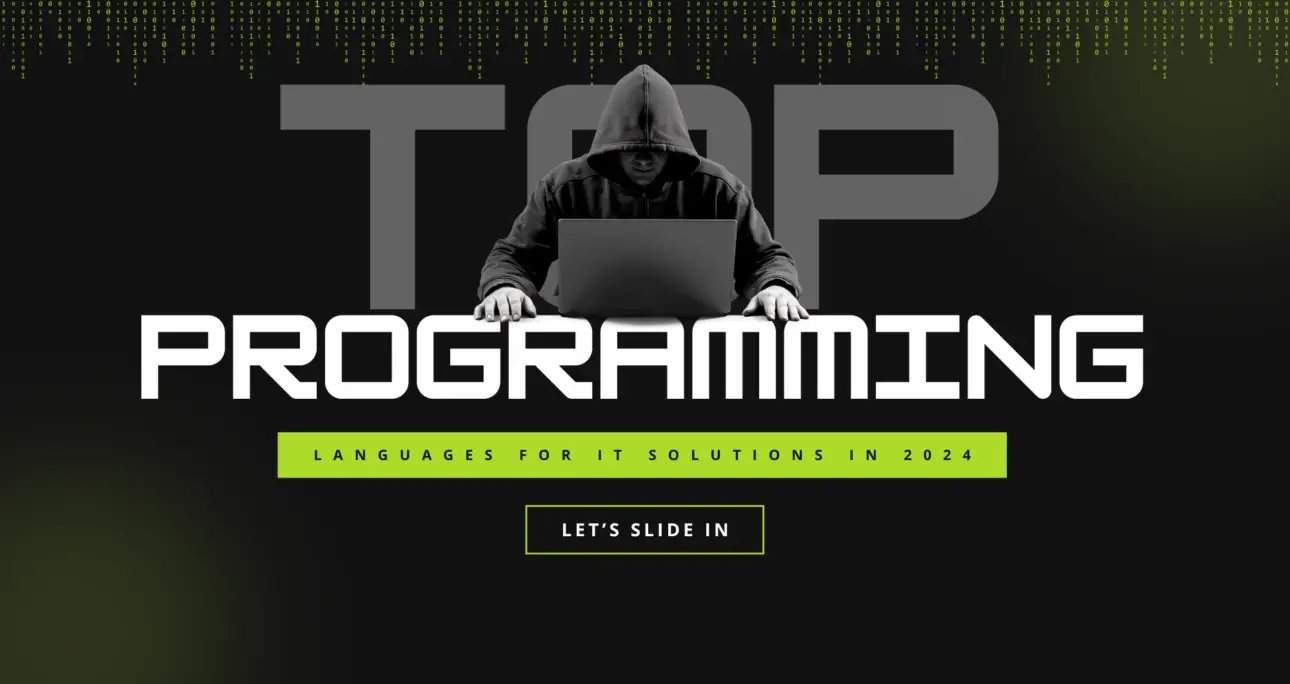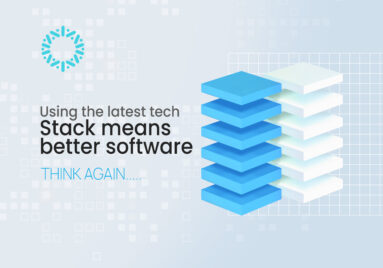Looking ahead to 2024, several programming languages stand out for their versatility, performance, and compatibility with cutting-edge innovations. These languages not only facilitate traditional software development but also empower developers to leverage AI, cloud computing, and big data effectively.
Python
Python remains a powerhouse due to its versatility across various domains such as web development, data science, and artificial intelligence (AI). Its simplicity, readability, and extensive libraries make it ideal for rapid prototyping and scalable applications. Python frameworks like Django and Flask continue to dominate web development, while libraries such as TensorFlow and PyTorch drive advancements in machine learning and AI.
JavaScript
JavaScript continues to be indispensable for front-end web development, but its ecosystem has expanded significantly. With frameworks like React, Angular, and Vue.js, JavaScript now supports robust back-end development through Node.js and facilitates cross-platform mobile app development with React Native. Real-time applications benefit from technologies like Socket.io and WebSockets, making JavaScript essential across various IT domains.
Java
Java remains a cornerstone in enterprise-level IT solutions due to its reliability, scalability, and platform independence. It powers everything from Android applications to large-scale backend systems. Java’s frameworks like Spring and Hibernate support enterprise applications, while its compatibility with big data processing tools such as Apache Hadoop and Apache Kafka underscores its versatility in modern IT infrastructures.
Go (Golang)
Go (Golang) has gained popularity for its efficiency, concurrency support, and straightforward syntax, making it ideal for building cloud-native applications, microservices, and distributed systems. Technologies like Kubernetes and Docker leverage Go’s capabilities in cloud computing, while its simplicity and performance make it a preferred choice for networking applications and scalable web services.
Swift
Swift remains the language of choice for iOS and macOS app development, known for its speed, safety features, and modern syntax. Beyond mobile apps, Swift is expanding into server-side applications with frameworks like Vapor and supporting machine learning applications through Core ML. Its integration with Apple’s ecosystem ensures continued relevance in IT solutions focused on Apple platforms.
Rust
Rust is gaining traction in systems programming where performance, safety, and concurrency are critical. Rust’s memory safety guarantees make it suitable for building fast and reliable software, particularly in operating systems, web browsers, embedded systems, and game development. Its growing community and adoption in critical applications highlight its potential to advance IT solutions.
Kotlin
Kotlin has become the official language for Android app development, offering interoperability with Java and modern language features. Kotlin’s concise syntax and support for Android Jetpack and Kotlin Coroutines streamline app development, while its adoption in backend development with frameworks like Spring Boot underscores its versatility beyond mobile platforms.
Scala
Scala combines object-oriented and functional programming paradigms, making it ideal for scalable and concurrent applications. Widely used in big data processing with Apache Spark and web development with Play Framework, Scala’s support for concurrency through Akka enhances its suitability for modern IT infrastructures.
“Of course, bad code can be cleaned up. But it is very expensive.” — Robert C. Martin
Selecting the right programming language in 2024 involves considering project requirements, scalability needs, and evolving advanced technologies. These languages empower developers to build robust and scalable IT solutions and position organizations to innovate and thrive in a rapidly changing digital environment.
By understanding the strengths and applications of these languages, IT professionals can make informed decisions to meet the evolving demands of digital transformation and drive success in the years ahead.





